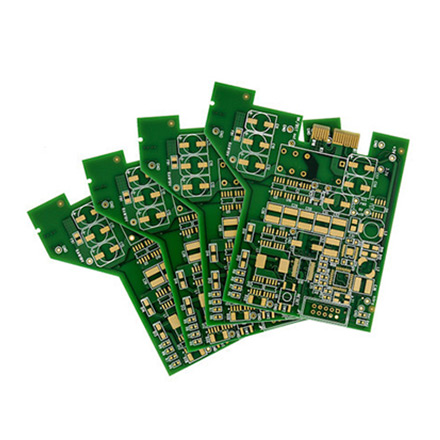

Understanding the Types of Float Glass
Float glass, a fundamental building material with a variety of applications, is widely used in the construction and automotive industries, as well as in the production of household items. Its production process and characteristics lead to numerous types, each tailored to meet specific demands. This article explores the main types of float glass and their unique properties.
1. Standard Float Glass
Standard float glass is the most common type, produced using a simple process where molten glass is floated on molten tin. This method provides a smooth, flat surface with excellent optical clarity. Standard float glass is typically used in windows, glass doors, and other applications where transparency and aesthetic qualities are paramount. It is available in various thicknesses, making it versatile for different uses.
2. Low-Emissivity (Low-E) Glass
Low-E glass is engineered to minimize the amount of infrared and ultraviolet light that can pass through it without compromising the amount of visible light transmitted. This is achieved by applying a thin, transparent coating on the glass surface. Low-E glass is especially beneficial for energy efficiency, as it helps in regulating indoor temperatures and reducing heating and cooling costs. It is commonly used in residential and commercial buildings to enhance energy performance.
3. Laminated Float Glass

Laminated float glass consists of two or more layers of glass bonded together with an interlayer, typically made of polyvinyl butyral (PVB). This type of glass is known for its safety features, as it holds together when shattered, reducing the risk of injury. Laminated float glass is favored in areas prone to vandalism or where safety is a concern, such as in schools, public buildings, and storefronts. Additionally, it offers sound insulation benefits, making it suitable for urban environments.
4. Tinted Float Glass
Tinted float glass is designed with a color infusion that reduces glare and solar heat gain. This type of glass can significantly enhance privacy and reduce energy costs associated with cooling, making it ideal for commercial buildings and office spaces. Tinted float glass comes in various hues, allowing for aesthetic flexibility alongside its functional benefits.
5. Reflective Float Glass
Reflective float glass has a metallic coating that reflects solar energy while allowing visible light to pass through. This type of glass is used extensively in modern architecture, providing not only an eyecatching exterior but also improving energy efficiency. Reflective glass is often seen in high-rise buildings, where reducing heat absorption can lead to substantial cost savings.
In conclusion, the variety of float glass types—each with its unique attributes—serves different needs and enhances functionality in modern design. From standard options to specialized types like Low-E, laminated, tinted, and reflective glass, understanding these differences allows consumers and professionals to make informed decisions for their specific applications. As technology continues to evolve, the types of float glass will likely expand, further enhancing energy efficiency and safety in construction and design.